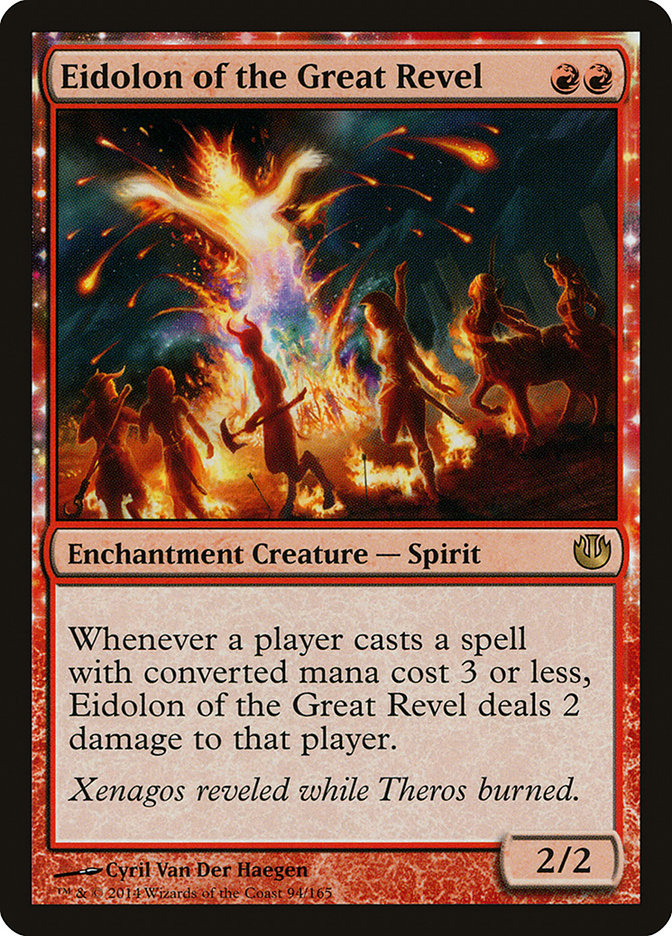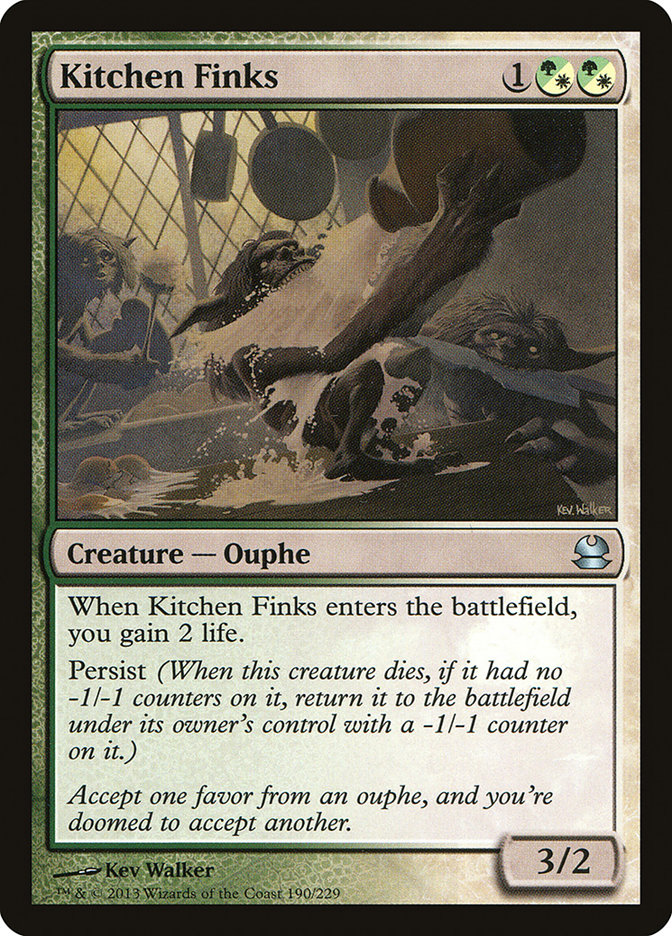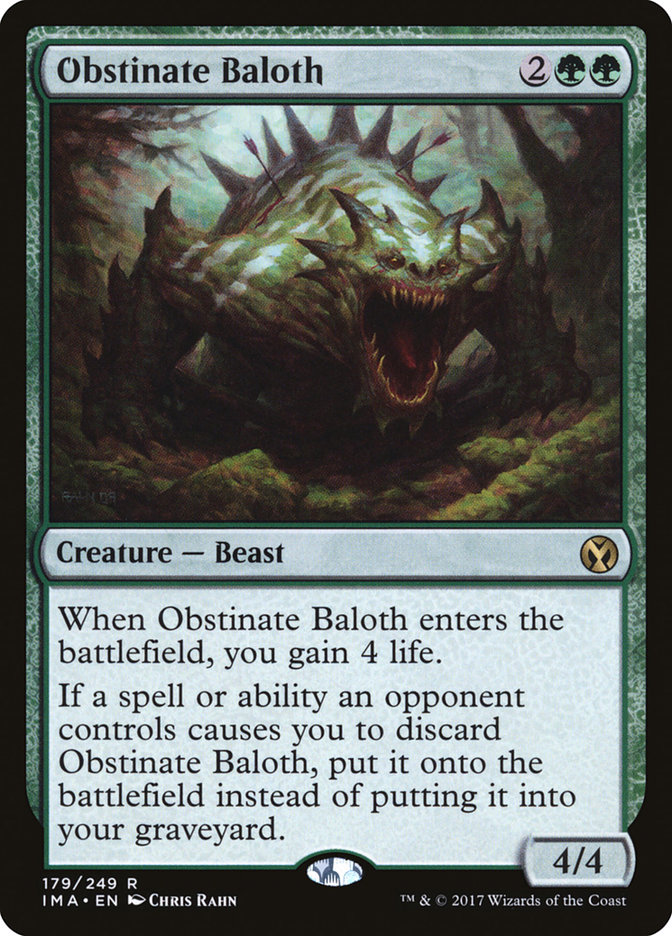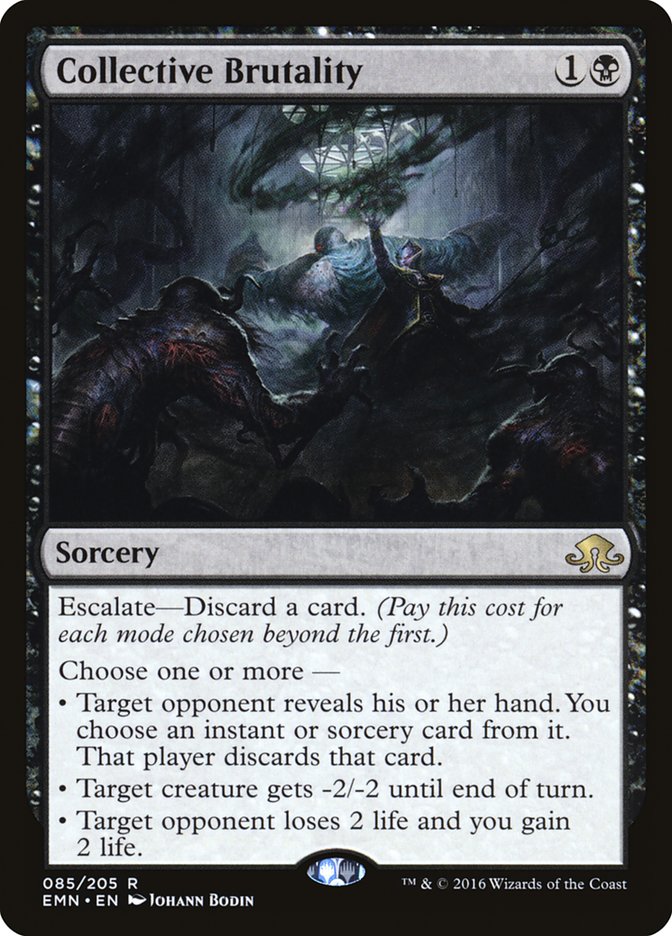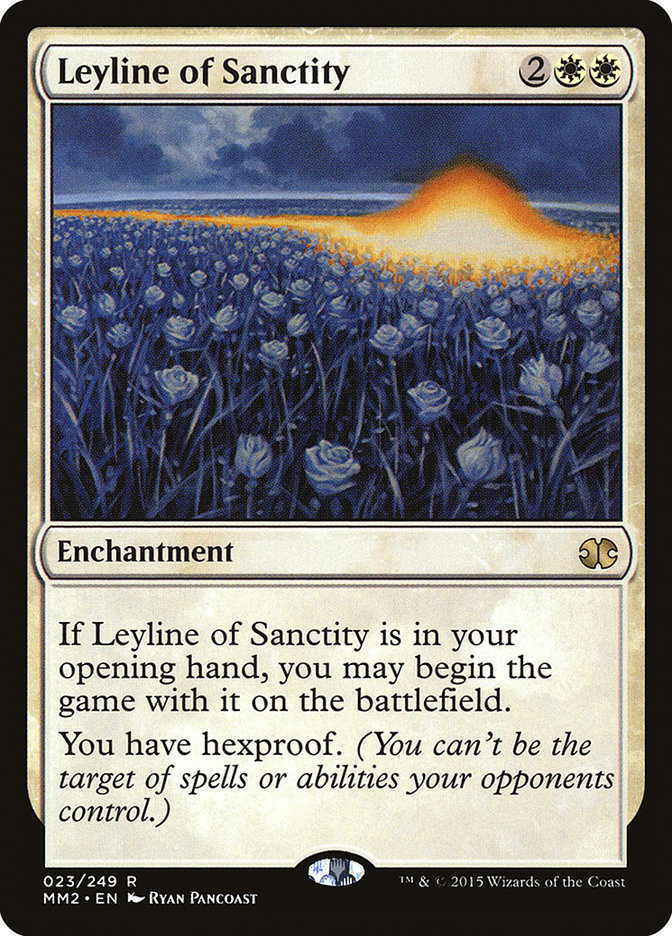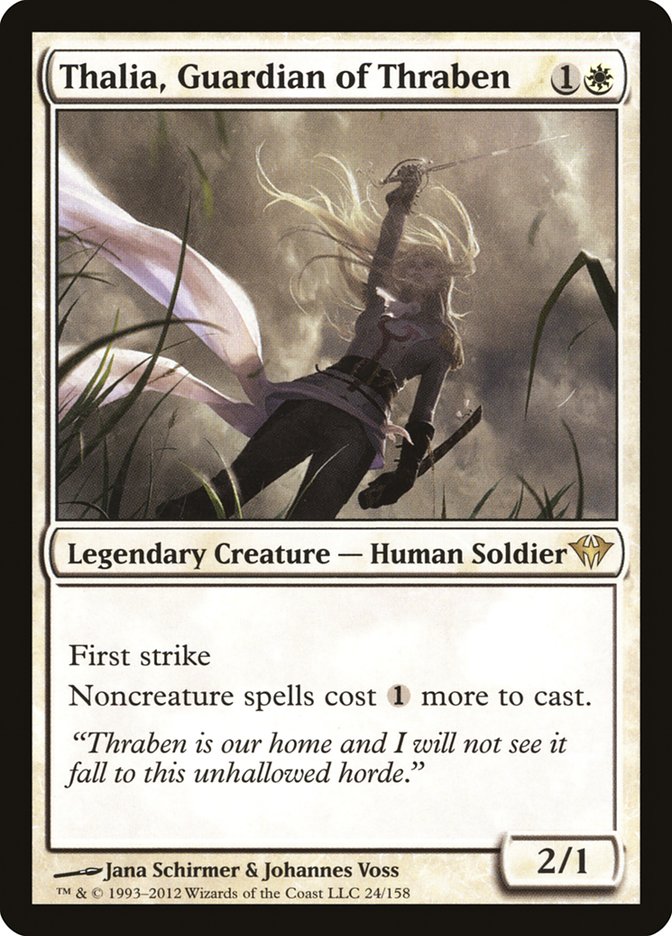After deliberating with my team for this weekends SCG Tour stop in
Philadelphia, (Todd Anderson and Daryl Ayers for those interested), it was
determined that I would take the Modern seat.
Obviously Rivals of Ixalan was going to have a much larger impact on
Standard than Modern, so the events of last weekend weren’t as important
for me, but having grown disenchanted with Dredge in recent weeks, I wanted
to take a fresh look at the format and see where the metagame was and if
there was something I could take advantage of.
Unsurprisingly, Rivals of Ixalan had little to no impact on the metagame,
but there was a deck I noticed that had a larger showing than it has in
recent memory: Burn. It was tied for the second most popular Modern deck in
day two in the Open last weekend, and the choice for two teams in the top
8. Being a Team Open the results of an individual format have some
additional variance, but Burn also put up a solid showing in the Classic on
Sunday, taking first, tenth, twelfth, and sixteenth.
Burn has remained a popular deck online for years, mainly due to its low
cost and straightforward play style, but it hasn’t been a force in the
paper metagame for a while. Having played the deck off and on for several
years, most notably at Pro Tour Fate Reforged, I attributed this deck to
the fact that Burn simply hasn’t gained any notable upgrades since the
printing of Eidolon of the Great Revel.
In a non-rotating format like Modern, decks often fall out of the metagame
when they fail to improve over time, being left behind as other decks get
new toys and they’re left playing with a headless Barbie doll and an empty
container of Play-Doh. The lone exception to this reality is Affinity, but
that deck gets to play a Mox so it’s just cheating.
But somehow, Burn has returned from the dead despite receiving no new
additions. Understanding the circumstances that led to this revival is the
key to understanding where the Modern metagame currently stands and how to
exploit it this weekend.
The Rise of Favorable Matchups
Of course, without improving itself, it must be a metagame shift that has
caused Burn to improve its standing in the metagame. The most notable of
these changes is the rise of U/R Storm, a very favorable matchup for a deck
with a fast, consistent clock; plenty of instant-speed removal for Goblin
Electromancer and Baral, Chief of Compliance; and what amounts to a
maindeck hate card in Eidolon of the Great Revel.
Control decks like Jeskai and U/W tend to be good matchups simply because
they can’t provide a sufficient clock to end the game after their defenses
are exhausted and the Burn pilot still gets a fresh card each turn.
Then we have big mana decks like Tron and Scapeshift, which offer little
interaction and a slower clock. Eldrazi Tron is certainly problematic with
Chalice of the Void and Thought-Knot Seer, but that deck’s stock has been
dropping relative to big Tron.
I don’t think these matchups are complete slam dunks for Burn. The deck is
underpowered in the abstract and as a result can only get so much of an
advantage, but it’s a significant shift from where Modern has been and one
that is near uniformly positive for Burn.
The Decline in Hate
Anecdotally, I had noticed recently that Burn wasn’t nearly as common as it
used to be and cut the Gnaw to the Bone from my Dredge sideboard. It seems
I wasn’t the only one as many lists did the same. Cards like Kor Firewalker
and Timely Reinforcements are also gone from sideboards, to the point where
most Burn lists don’t even play a full set of Skullcrack. Instead they opt
for the versatility and life gain of Lightning Helix.
But honestly, relying on hate cards in Modern is a crutch. There are too
many decks to have hate for everything so you’re playing a guessing game as
to which decks to prepare for anyway, and admitting that you need hate
cards is admitting that your matchup is broken on a strategic level. You’re
saying that you can’t win by playing games of Magic so you need to warp the
game into a game of find and cast your hate card.
Thus, the key to sideboarding in Modern is finding cards that are both
powerful enough to be effective against equally powerful decks, but also
versatile enough to be effective against multiple decks. Cards that are
traditionally viewed as hate cards like Stony Silence and Rest in Peace
are, in fact, versatile. The former targets Affinity, Tron, and Lantern
while the latter hits Storm, Dredge, and Grixis Death’s Shadow, all
relatively common decks.
So where are the Kitchen FInks? The Obstinate Baloths? These are the cards
that Burn decks used to fear because they were powerful enough to swing a
game against them but versatile enough to see widespread play in the
format. These cards aren’t around much these days with the exception of
Thragtusk in Tron sideboards. This is the key question to answer.
It’s Isn’t Easy Being Green
In figuring out where the incidental hate has gone, I realized that the
color green has significantly declined in the Modern metagame. What deck is
going to play Obstinate Baloth? Jund and Abzan have been replaced by Grixis
Death’s Shadow, a midrange deck that has some good tools against Burn but
also actively destroys its own life total, so playing against Burn is quite
tricky.
Right now, green as a main color is mostly limited to Collected Company
creature decks, and while Kitchen Finks is a fine card against Burn, it’s
not the kind of card you can side in to swing the matchup. It was a good
maindeck card that you could supplement with something else to solidify
your position against Burn. Obstinate Baloth would be a fine sideboard
card, but its mana cost clashes with Collected Company and Liliana of the
Veil, the latter card being what made it playable against black midrange
decks, which is not nearly as common as it once was, so you’re not getting
a lot of value from that sideboard slot outside of the Burn matchup.
So the decline in green has made it more difficult to sideboard against
Burn while still having a well-rounded sideboard against the rest of the
metagame. As a result, most players have simply opted to ignore the
matchup.
Another card in decline that has historically been good against Burn is
Tarmogoyf. Jund and Abzan starting with an Inquisition of Kozilek into
Tarmogoyf was a scary start because it limited the Burn player’s resources
while establishing a quick clock or locking up the ground so Goblin Guide
and Monastery Swiftspear were ineffective.
In comparison, Gurmag Angler and Tasigur, the Golden Fang are harder to
cast on turn 2, and Death’s Shadow requires you do significant damage to
yourself to get down that early. These threats give the Burn deck more time
to find and deploy a critical mass of direct damage and allow their
creatures to get more attacks in.
I wrote about my thoughts on the decline of Tarmogoyf in a recent Fact or
Fiction, and I view it largely as a result of the reshaping of Modern
around Fatal Push. Burn was at its nadir last year after initially
declining in 2016, but last year was largely about the Modern format
reacting to Fatal Push. We now find ourselves in a format built around the
card, and the changes are what have created such a favorable climate for
Burn.
Outside of the decline of green and Tarmogoyf specifically, the effect of
Fatal Push has been to push Lightning Bolt out of the top spot of cheap
removal spells, which makes Burn’s Lightning Bolts more effective as
players move away from threats that play well against the burn spell and
toward those that play well against the new top answer.
Now, I’m not saying that you should be aggressively using your spells
against creatures when playing Burn–you absolutely shouldn’t–but having
that option is better than not having it when you do need to shift roles
for a moment. More importantly, Lightning Bolt is better than Searing Blaze
is (incredibly), and it’s no surprise that recent Burn lists all have four
copies of both in the maindeck. Answering Spell Quellers and Mantis Riders
with ease goes a long way toward beating decks that could otherwise win a
race.
Should I Be Playing Burn?
So I’ve determined that the recent performance of Burn isn’t a fluke. The
metagame has turned quite favorably for the deck and those changes aren’t
an aberration that will quickly correct itself. They are instead due to the
larger macro trends we’ve seen happen in Modern over the last year. It also
seems like reacting to Burn is going to be difficult for many decks since
there aren’t many good overlapping sideboard cards for people to play.
But when it comes down to it, Burn is still an underpowered deck with very
little play to it. I’ve been a longtime advocate of linear decks even in
the hands of a skilled pilot that may be able to gain an advantage from
playing decision-intensive strategies, but I do that because linear decks
tend to be very powerful, so the idea of an underpowered linear deck is
quite unappealing.
So I don’t see myself sleeving up Lava Spike this weekend, which means I’m
going to need to be prepared for the deck. Here are a few sideboard cards
that I think we’ll see pop up in larger numbers this weekend to fight the
return of Burn.
This is definitely the best of the bunch and easy to slot into a variety of
decks. You typically see two in the sideboards of Grixis Death’s Shadow
decks, but if that goes up to three or four I wouldn’t be surprised. The
card is absolutely stellar against Burn since all three modes are relevant,
and one of the easiest ways to win the matchup is to trade resources as
quickly as possible and then get a clock down. Collective Brutality lets
you trade up to three cards at once for only two mana, and you can even
come out ahead on the exchange by discarding a Flashback spell, like
Lingering Souls.
But beyond Burn, Collective Brutality comes in against Storm and Collected
Company decks, making it a perfect Modern sideboard card. I’d be pretty
happy to have “Collective Brutality is escalated twice” on my bingo card
this weekend.
Another card that pulls double-duty against Burn and Storm, Leyline of
Sanctity is also great against discard spells and Scapeshift. However, this
isn’t the kind of card you jam into any old deck, especially if you’re
planning on using it against Thoughtseize. Leyline of Sanctity’s best home
is in a combo deck like Ad Nauseam that is mainly trying to protect what
it’s doing and isn’t going to spend a lot of time digging toward sideboard
cards.
Most people think of life gain when they want to beat Burn, but the deck is
incredibly spell-dense and land-light; and if they don’t have a Searing
Blaze, they’ll likely need to use a one mana burn spell and an entire turn
to answer Thalia, a wasted turn that can easily flip a race in a creature
deck. As a result I’d be worried playing Burn against Humans, which also
has Kitesail Freebooter and Meddling Mage for interaction, but Thalia fits
nicely into any creature-heavy deck.
When playing against Burn, remember that they get a card every turn, so you
can’t just trade resources early and think you’re going to win. Just like
playing against a combo deck, you need to establish a clock. That clock
naturally constrains their resources, which not only means total cards but
also mana to deploy those cards. Burn spells aren’t free and you can often
play aggressively to end the game early and leave them with cards in hand
they didn’t have time to cast.
Story Time! I once lost a game against Burn with Titan Breach solely due to
the fact that I found a basic Forest with a fetchland rather than a
Stomping Ground to suspend a Search for Tomorrow. My hand played toward a
turn 4 Through the Breach with a Simian Spirit Guide and four lands, and
because I didn’t have four Mountains on the battlefield I couldn’t find two
copies of Valakut, the Molten Pinnacle with the first trigger and two
Mountains with the second to get a lethal four triggers.
My opponent was easily able to end the game on their turn and would not
have been able to kill on turn 3 even with two free damage, but I made the
autopilot play without realizing how my clock would be affected. I paid the
price.
Also, you really want to stop their creatures from connecting, so leave up
removal or consider leaving back a blocker if it doesn’t significantly
impact your clock. Burn has a reputation as a mindless deck and while it’s
straightforward relative to some other choices, you still have to play
Magic against it. No deck makes an impact in Modern without being good
enough to take advantage of unprepared opponents. Start thinking about Burn
again or you’re going to be in for a short, hot weekend in Philadelphia.


